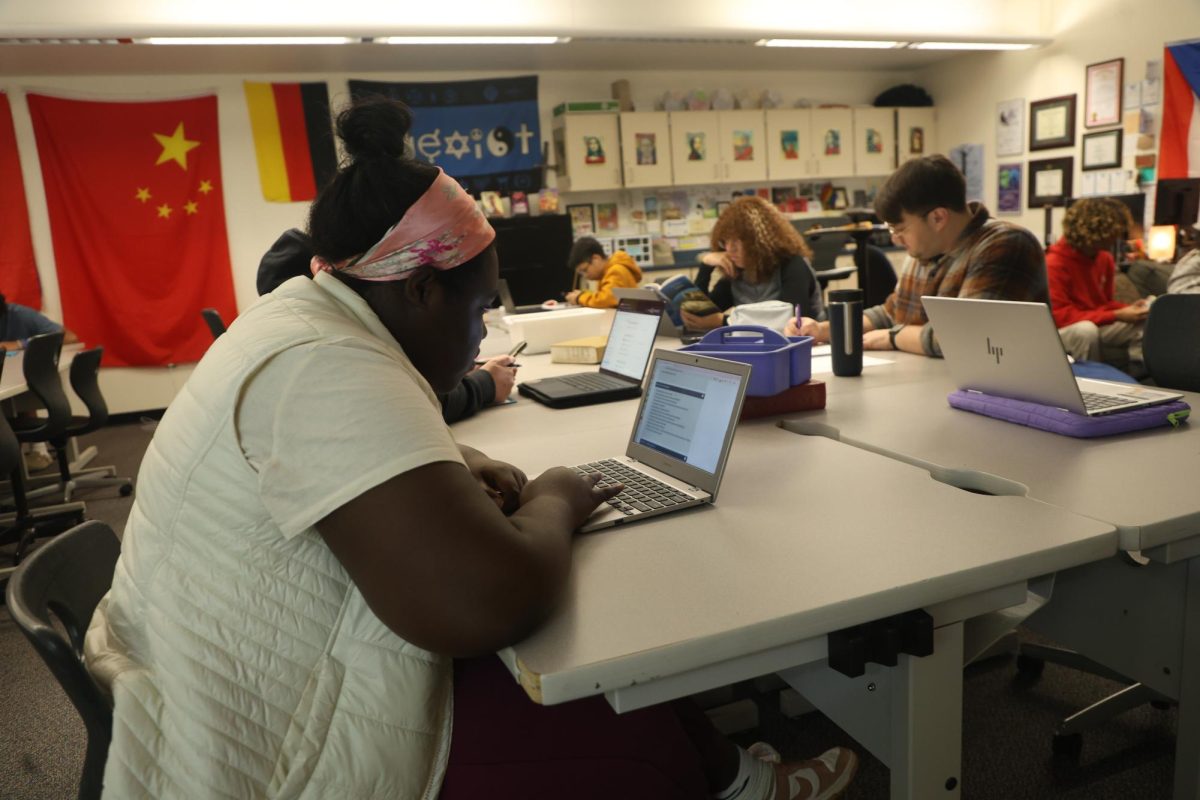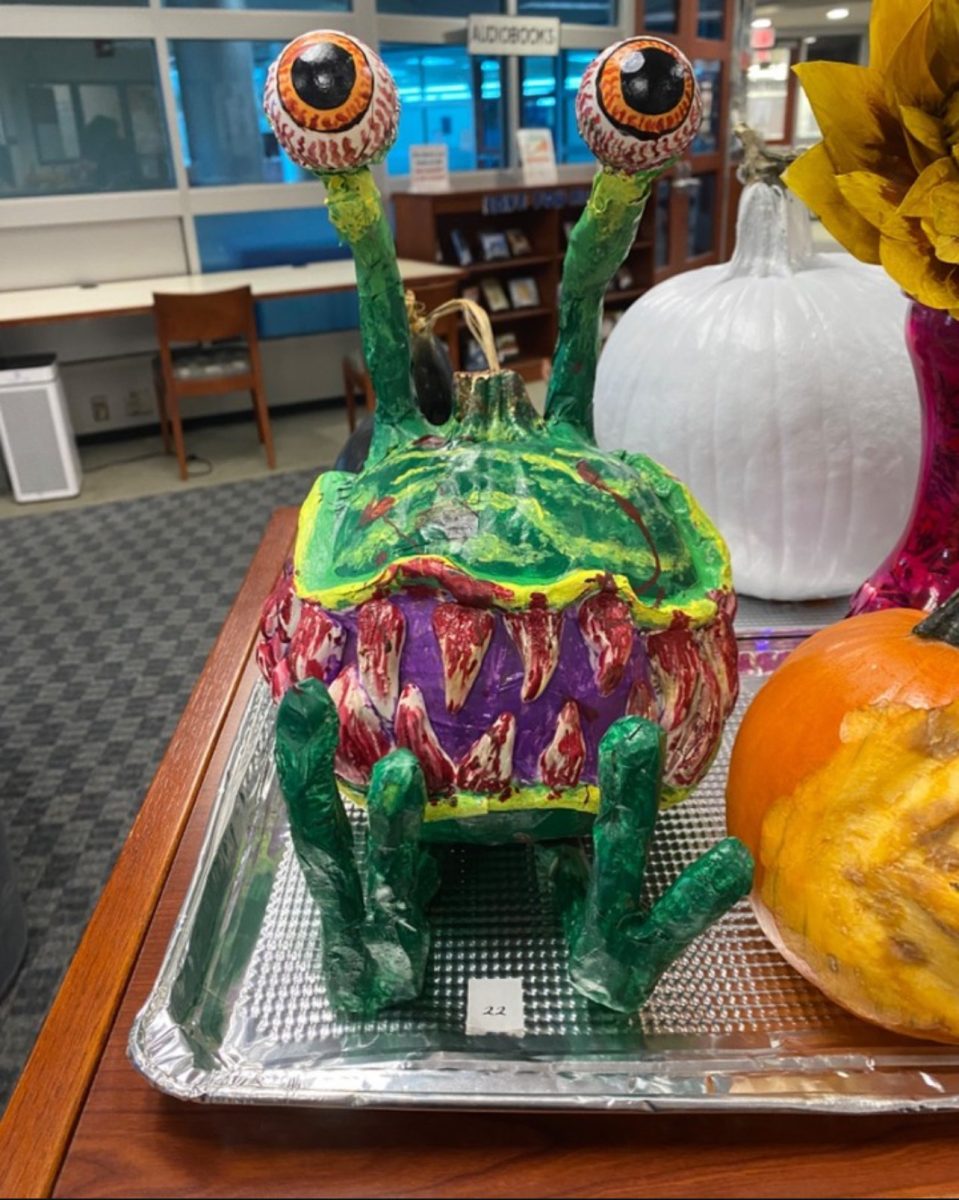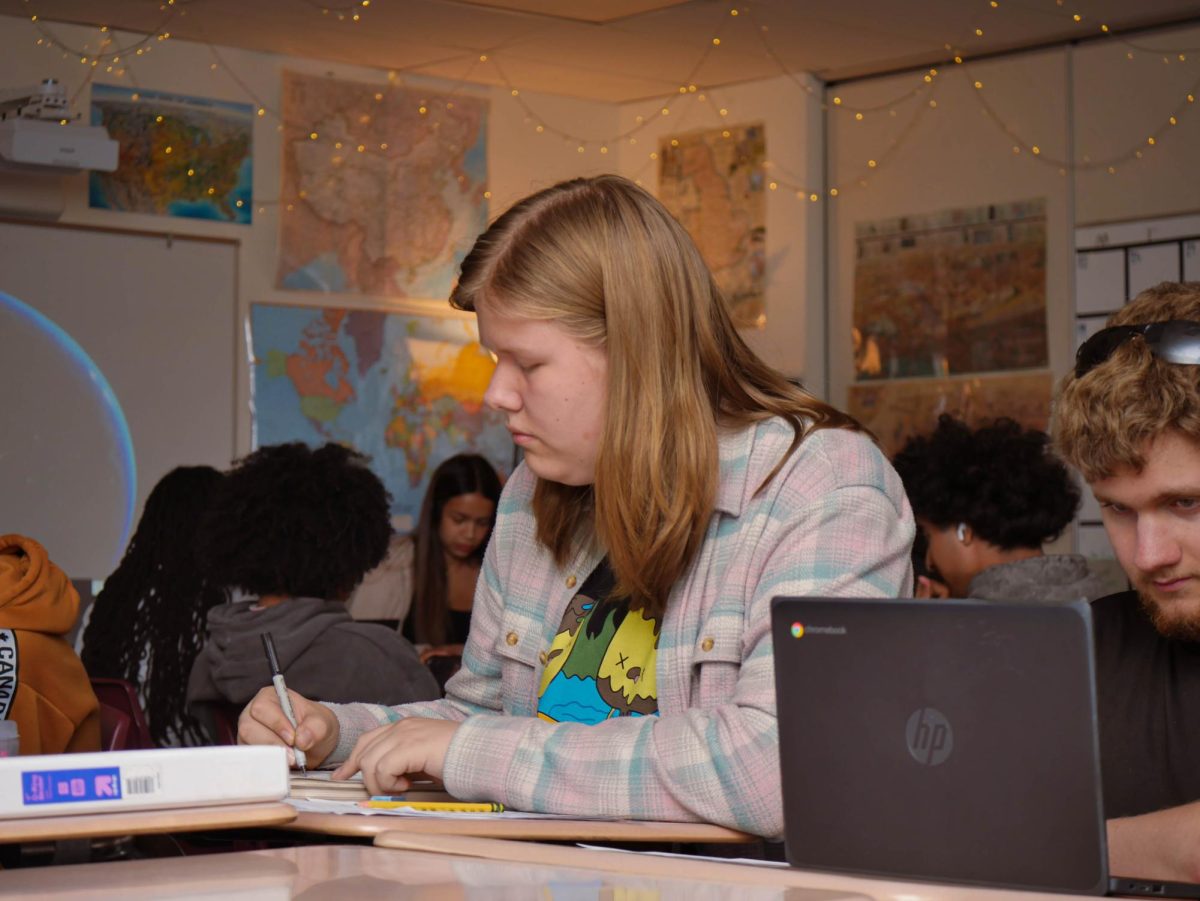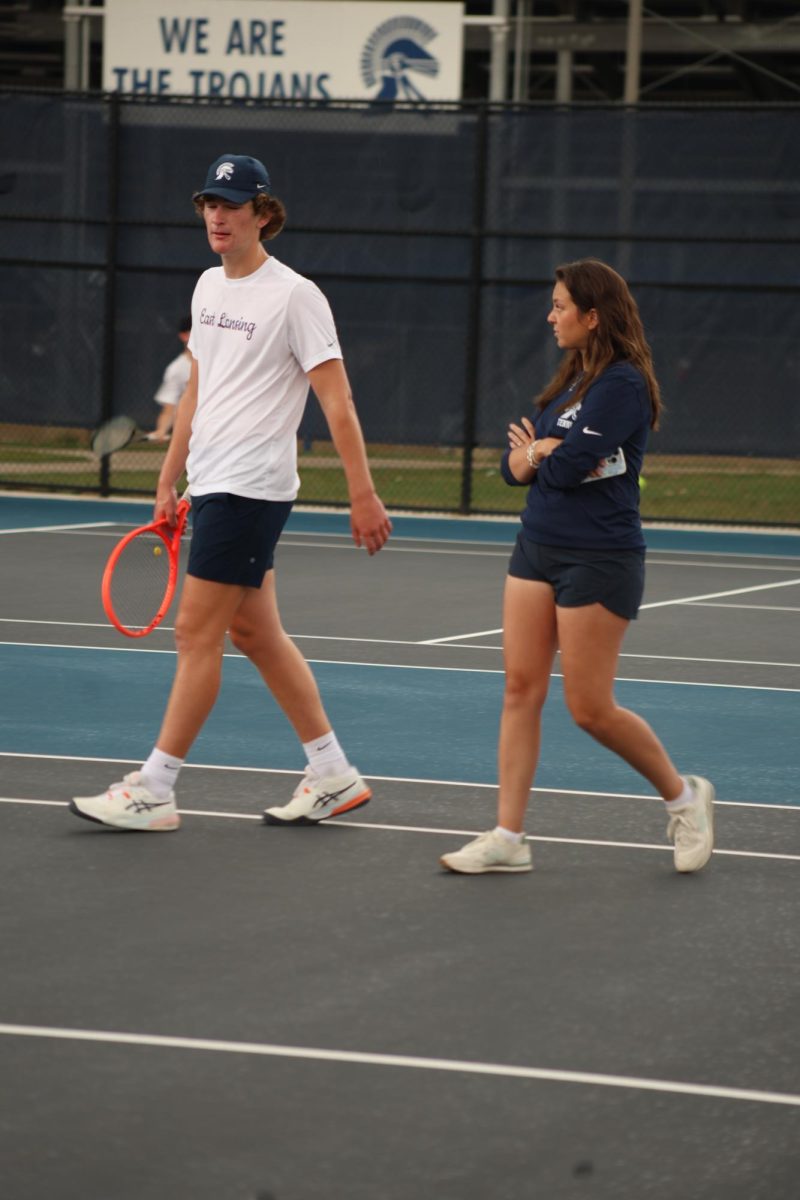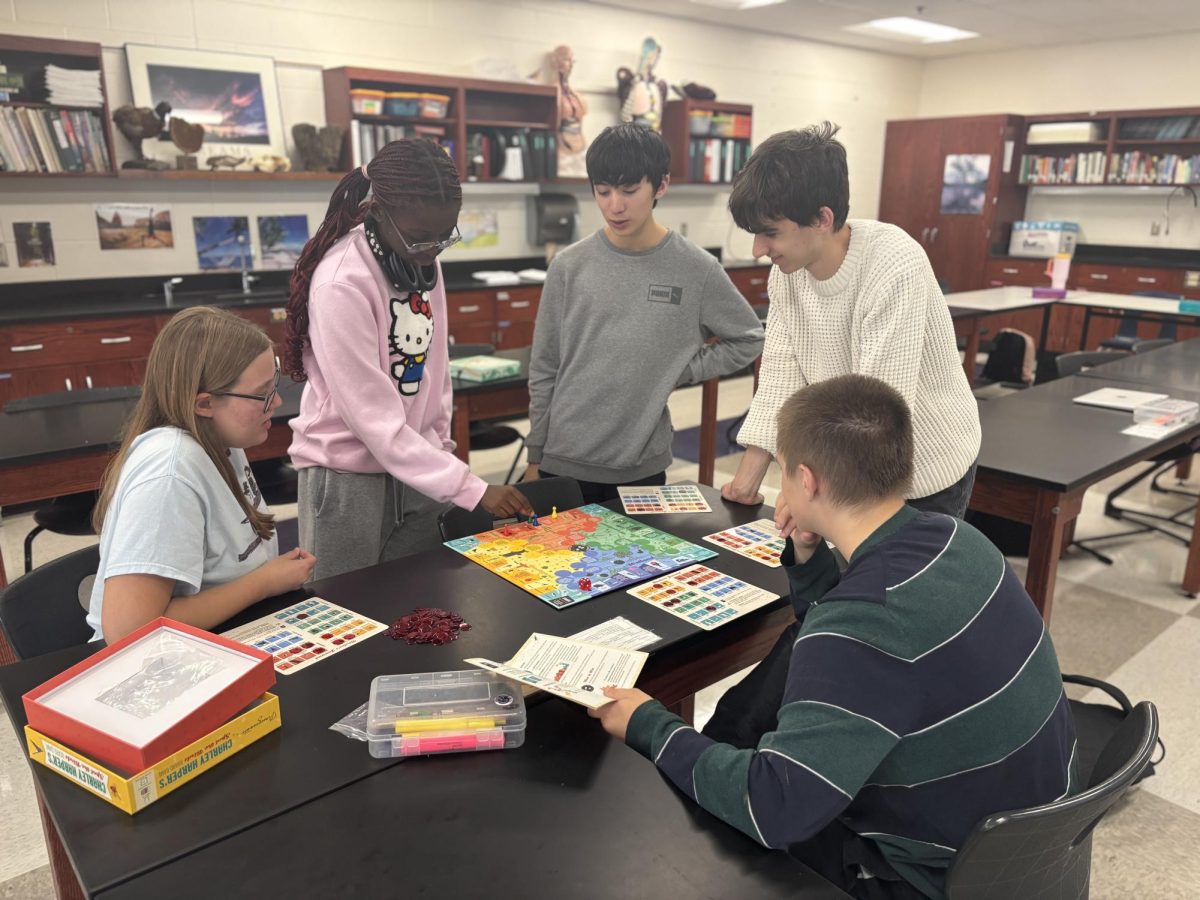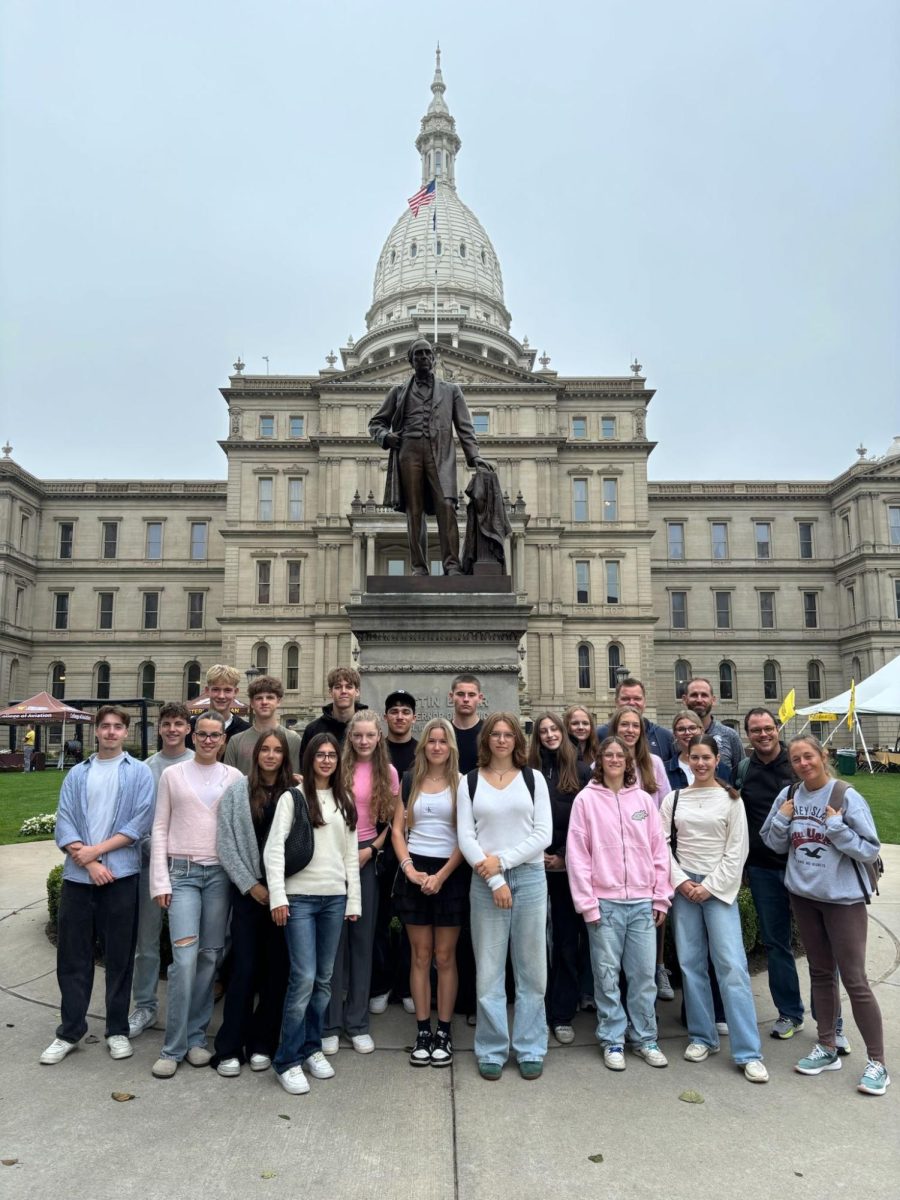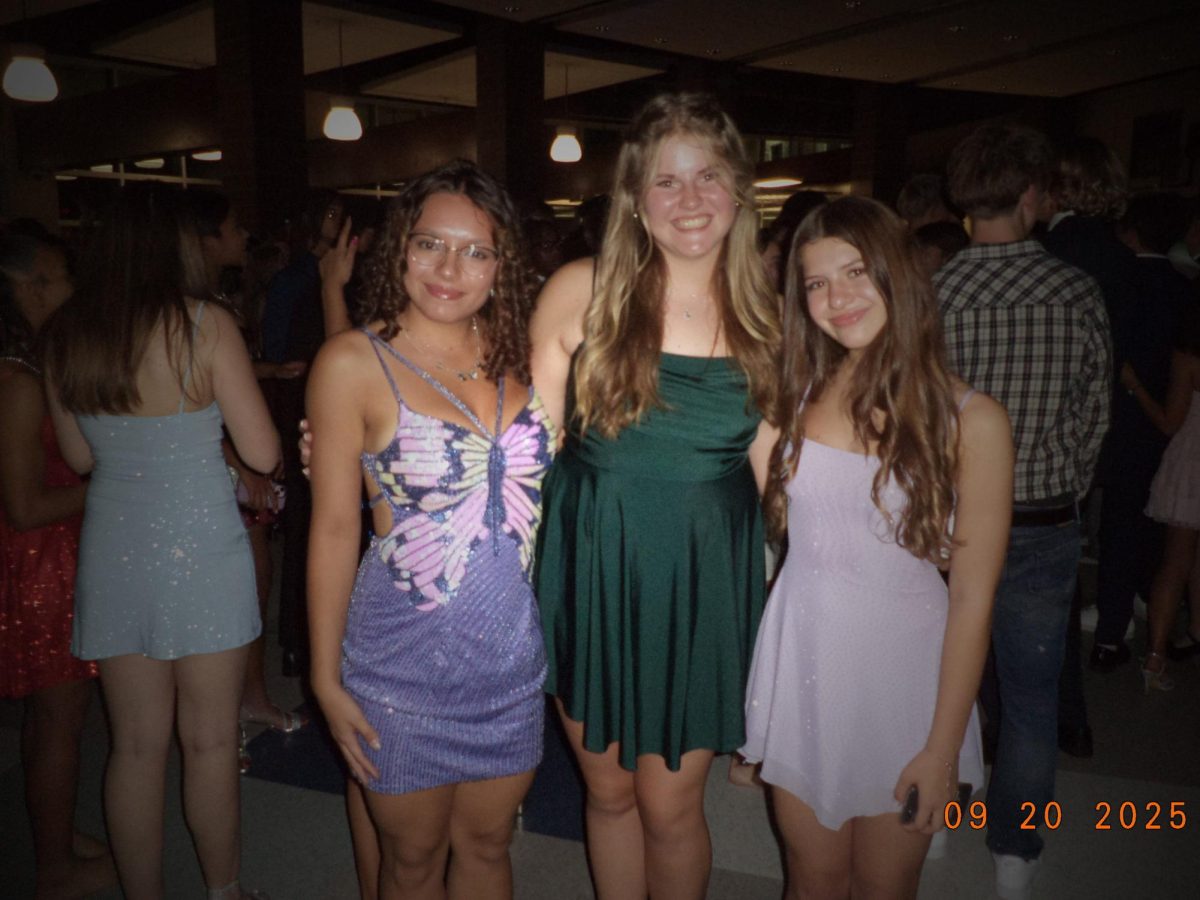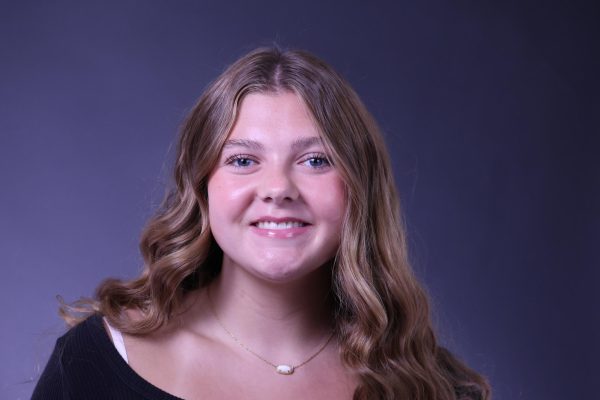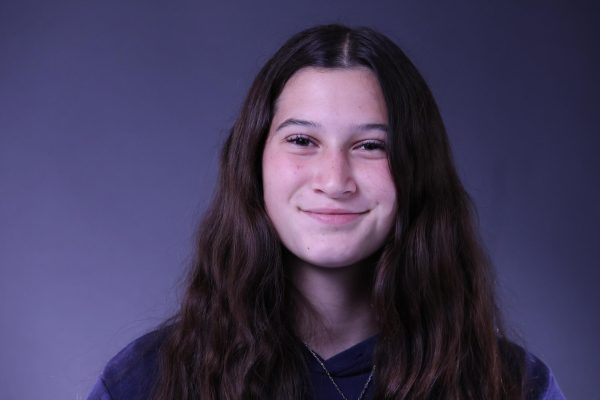Members of the ELHS Social Justice Club have been connecting with admin in order to get acknowledgement for the Indigenous land the school is on. East Lansing occupies the land of the Ojibwe, Odawa, and Potawatomi peoples. The high school resides on ceded in the 1819 Treaty of Saginaw. Throughout the last two to three years, the club has been pushing to get an acknowledgement on the website in order to make people more aware of the Indigenous land and the history behind it.
“About a year ago, we recognized that a few of our teachers have the land acknowledgement in their email,” Chloe Vickers (12) said. “We thought that since our school is on Native land, we’d want to acknowledge that and get a sub page on our website. Our final goal is to get plaques of the acknowledgments throughout all of the schools throughout the East Lansing district.”
East Lansing’s Instructional Design Specialist, Ms. Kali Stevens, worked with the Social Justice Club in order to help get this story published on the website.
“The concept and content were developed and vetted by the Social Justice Club, then communicated to me by Steven Neal and Diana Sanchez on the club’s behalf,” Stevens said. “Once everything was compiled and formatted for the website, the page was shared with Klaudia Burton for final review and approval.”
Although the club has been working very hard to get the story published, the large number of parties involved made the publishing process longer than desired.
“This idea was initially shared at the end of last school year, when multiple departments were helping to manage the website,” Stevens said. “While there weren’t any major setbacks, the larger number of people involved just meant a bit more coordination and communication. We ended up reaching the end of the school year before the site was published.”
According to the Social Justice club, this acknowledgement is being brought forward to bring awareness to the Native community throughout and around the district.
“Our final goal is just to make everyone feel represented,” Vickers said. “In general, we want the community to know we care about them and their land. We want them to know how appreciative we are for the land.”



